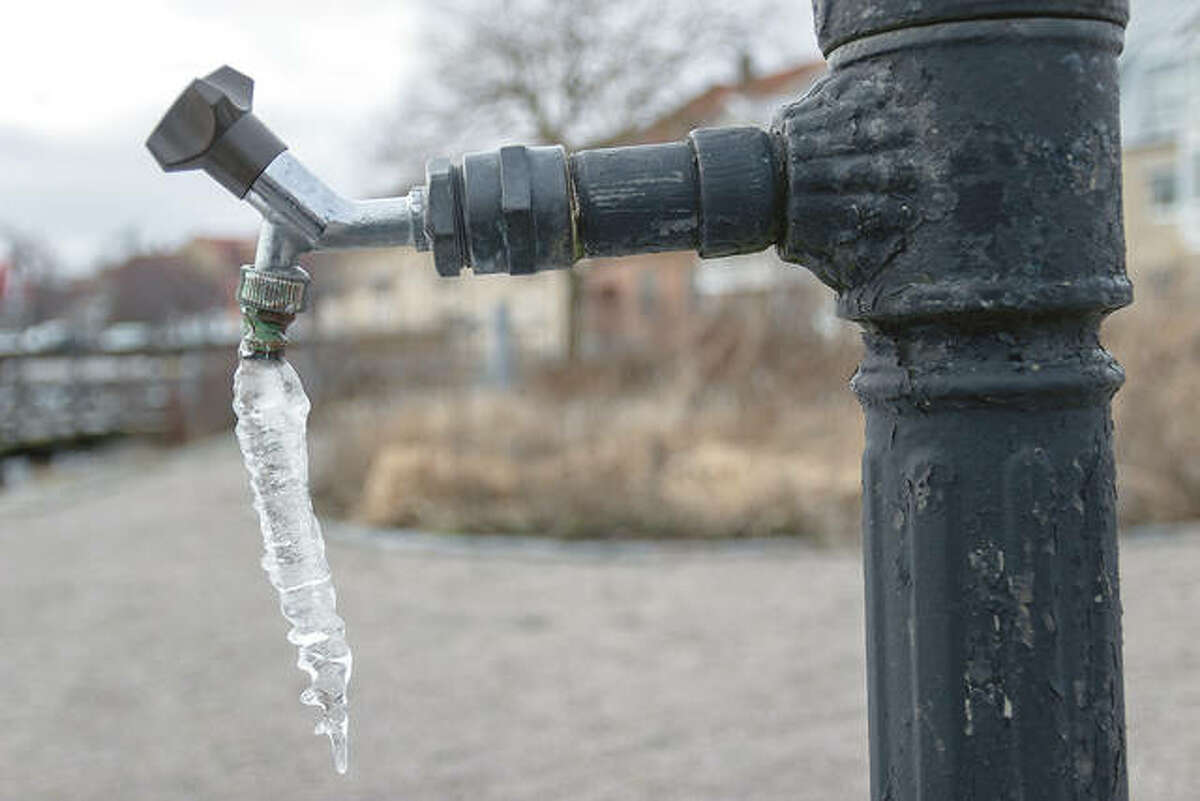Any individual will have their own perception on the subject of How to Prevent Your Pipes From Freezing.

Cold weather can damage your pipes, specifically by freezing pipes. Right here's how to avoid it from occurring and what to do if it does.
Introduction
As temperature levels decline, the danger of frozen pipes rises, possibly causing expensive repair services and water damages. Recognizing just how to avoid frozen pipes is important for homeowners in chilly environments.
Understanding Icy Pipelines
What creates pipes to ice up?
Pipes freeze when revealed to temperatures listed below 32 ° F (0 ° C) for extended periods. As water inside the pipes freezes, it increases, taxing the pipe wall surfaces and possibly causing them to rupture.
Risks and problems
Frozen pipes can cause water system disruptions, building damages, and pricey repair services. Burst pipes can flooding homes and trigger extensive architectural damage.
Indicators of Frozen Water Lines
Recognizing frozen pipelines early can prevent them from breaking.
Just how to identify icy pipelines
Look for reduced water circulation from taps, unusual odors or sounds from pipes, and visible frost on exposed pipes.
Avoidance Tips
Insulating at risk pipes
Wrap pipelines in insulation sleeves or use warm tape to safeguard them from freezing temperatures. Concentrate on pipes in unheated or outside locations of the home.
Home heating strategies
Maintain interior areas effectively heated up, specifically areas with pipes. Open up closet doors to enable cozy air to circulate around pipelines under sinks.
Protecting Outdoor Pipes
Garden hoses and outdoor taps
Disconnect and drain pipes yard hose pipes prior to winter. Set up frost-proof faucets or cover exterior taps with protected caps.
What to Do If Your Pipes Freeze
Immediate activities to take
If you believe icy pipelines, keep taps open up to eliminate pressure as the ice melts. Use a hairdryer or towels soaked in warm water to thaw pipelines slowly.
Long-Term Solutions
Structural modifications
Think about rerouting pipelines away from outside wall surfaces or unheated locations. Include added insulation to attics, basements, and crawl spaces.
Upgrading insulation
Invest in top quality insulation for pipes, attic rooms, and wall surfaces. Appropriate insulation aids preserve constant temperatures and minimizes the danger of frozen pipes.
Verdict
Protecting against icy pipelines requires positive actions and quick actions. By recognizing the causes, signs, and safety nets, home owners can secure their plumbing throughout cold weather.
6 Proven Ways to Prevent Frozen Pipes and Protect Your Home
Disconnect and Drain Garden Hoses
Before winter arrives, start by disconnecting your garden hoses and draining any remaining water. Close the shut-off valves that supply outdoor hose bibs and leave the outdoor faucet open to allow any residual water to drain. For extra protection, consider using faucet covers throughout the colder months. It’s also important to drain water from any sprinkler supply lines following the manufacturer’s directions.
Insulate Exposed Pipes
Insulating your pipes is an effective way to prevent freezing. Pipe insulation is readily available at home improvement stores and is relatively inexpensive. Pay close attention to pipes in unheated areas such as the attic, basement, crawl spaces, or garage. Apply foam insulation generously to create a buffer against the cold. You can also wrap your pipes in heat tape or thermostat-controlled heat cables for added warmth.
Seal Air Leaks
Inspect your home for any cracks or openings that could let in cold air. Seal any holes around the piping in interior or exterior walls, as well as the sill plates where your home rests on its foundation. Additionally, make sure to keep your garage door closed unless you’re entering or exiting. Leaving it open creates a significant air leak that can lead to frozen pipes.
Allow Warm Air Circulation
During cold snaps, it’s essential to allow warm air to circulate evenly throughout your home. Leave interior doors ajar to promote better airflow. Open kitchen and bathroom cabinets to help distribute heat consistently around the rooms. If you have small children or pets, be sure to remove any household chemicals or potentially harmful cleaners from open cabinets for safety.
Let Faucets Drip
A small trickle of water can make a big difference in preventing ice formation inside your pipes. When temperatures drop significantly, start a drip of water from all faucets served by exposed pipes. This continuous flow helps prevent the water from freezing. Additionally, running a few faucets slightly can relieve pressure inside the pipes, reducing the chances of a rupture if the water inside does freeze.
https://choateshvac.com/6-proven-ways-to-prevent-frozen-pipes-and-protect-your-home/
.jpg)
I am very focused on Helpful Tips to Prevent Frozen Pipes this Winter and I hope you enjoyed my page. Sharing is good. You never know, you may very well be helping someone out. Thank you so much for going through it.
Go Services
Comments on “How to Maintain Your Pipes from Cold Weather Damage: Crucial Tips”